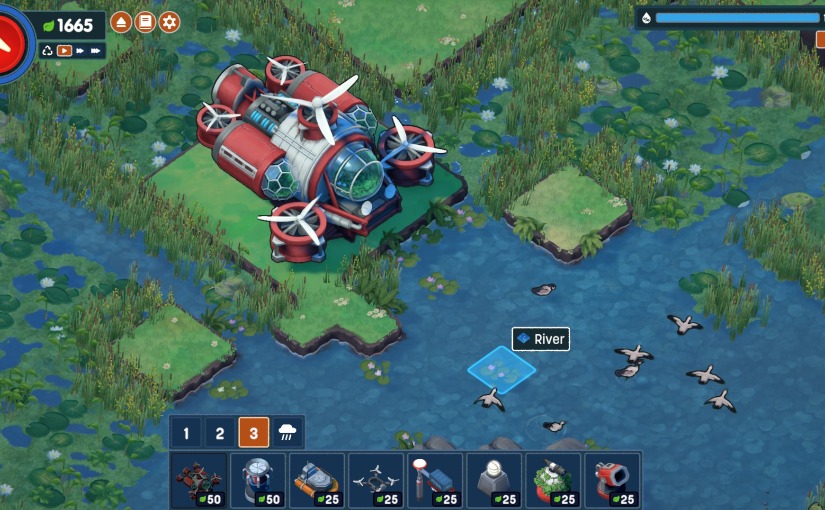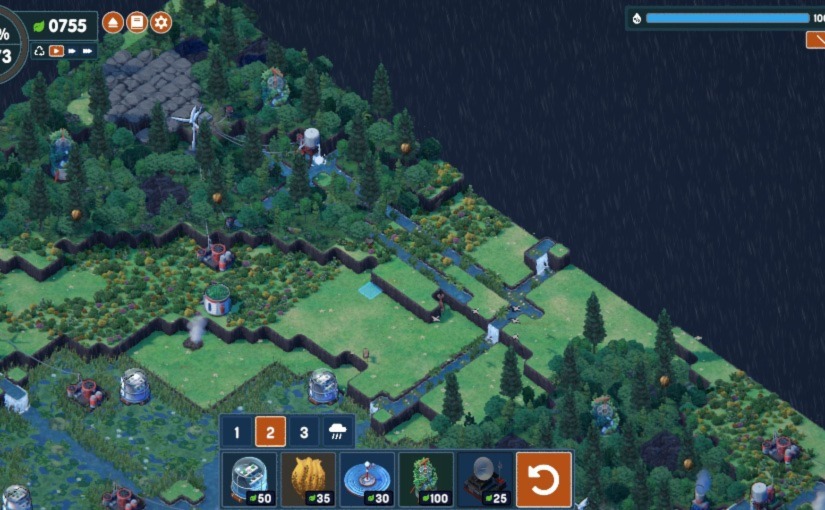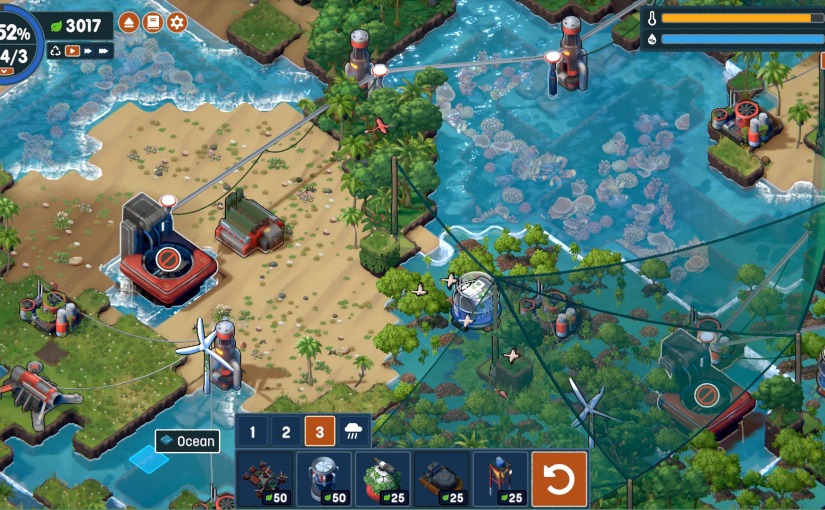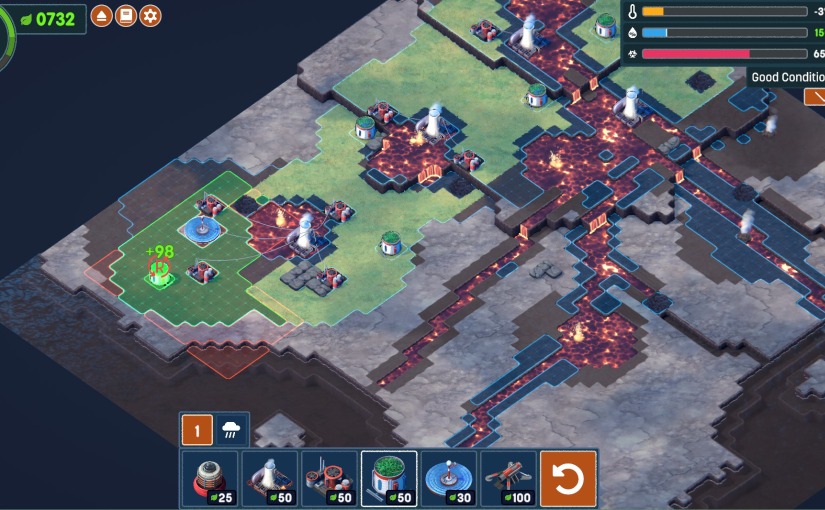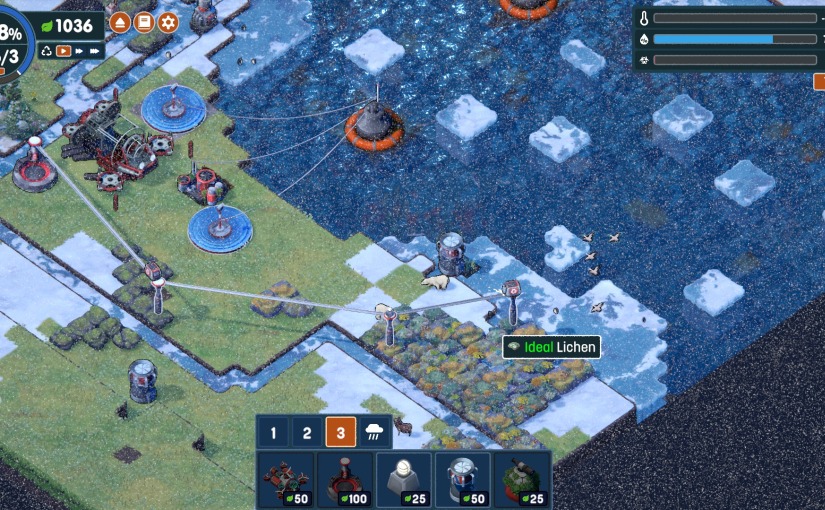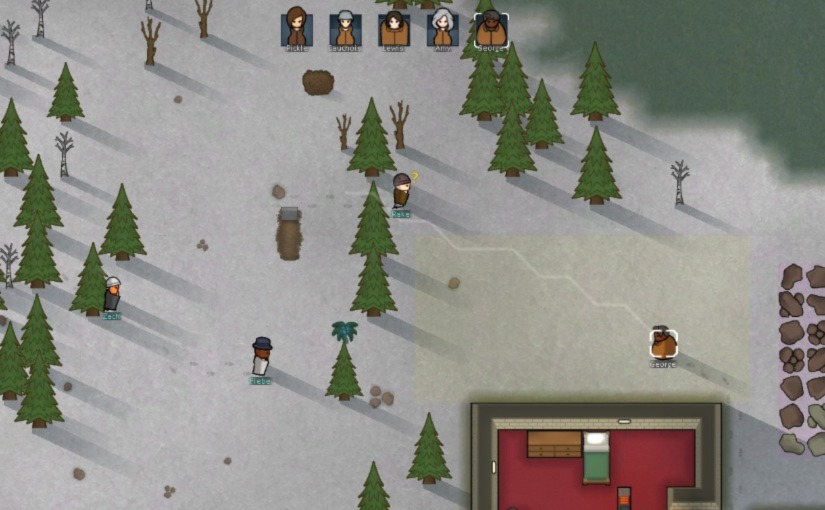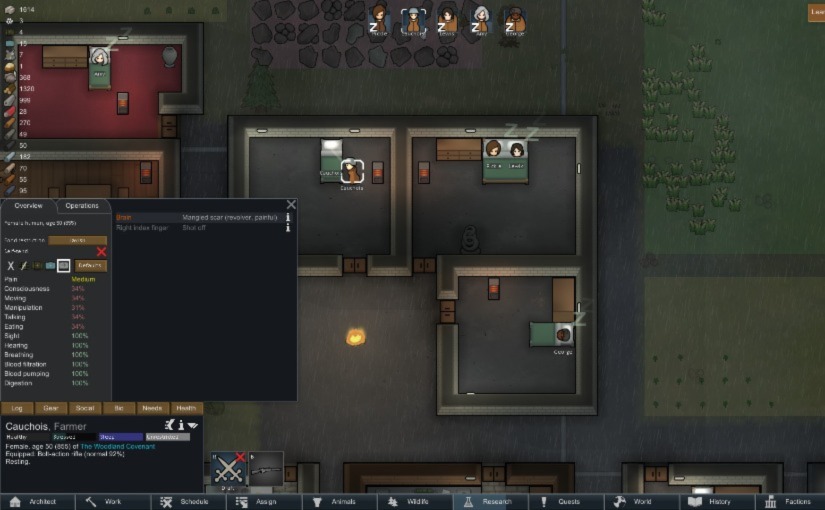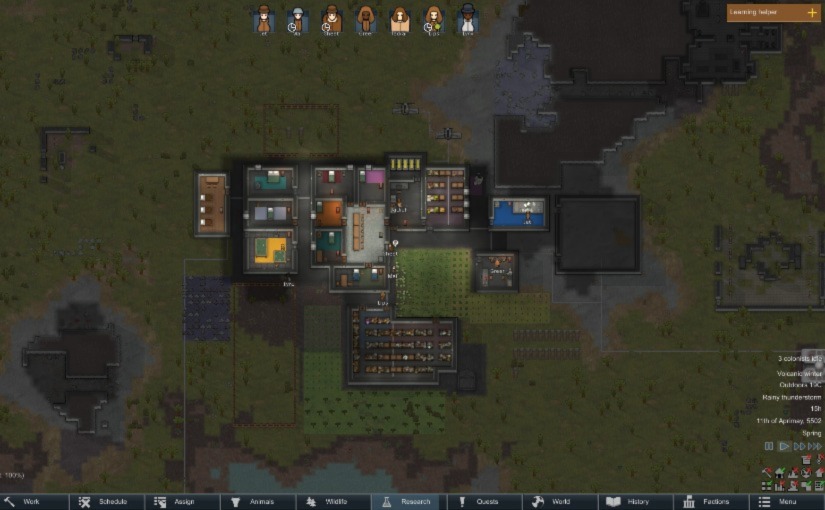A City-Builder That You Just Might Dig
Developed by Polymorph Games and reaching full release on 31st January 2025, Foundation is a laid-back city-builder with a peaceful, pastel tone and a light-hearted approach. The game launched into early access on 1st February 2019 and, according to my Steam purchase history, I picked it up in March of 2019. It wasn’t much of a game back then – the UI was an ugly mess, the graphics were super-basic, the tech trees were incomplete, and much of the gameplay was totally unrefined. That’s the nature of early access, and it’s not something I mess with often, but something possessed me back in those care-free, pre-pandemic days, and now that the game is finally out, I definitely don’t regret buying it.
The main thing that Foundation does to differentiate itself from similar city-builders is its organic building placement. There’s no grid system, and the player doesn’t place roads, with paths occurring naturally on regularly used thoroughfares, just like the classic Settlers games. You can place any building absolutely anywhere inside your territory and your villagers will react accordingly once they’ve been assigned to the jobs there. Residential buildings are zoned rather than placed directly, with players using a paintbrush tool to highlight areas where the villagers can build their houses, and this same tool is used to highlight which resources should be extracted and even which areas your villagers aren’t allowed to tread.

Certain buildings are heavily customisable, from churches to inns to castles, and even the lord’s manor. When planning such works of architectural wonder, you’ll be selecting from various rooms, entrances, wings and decorations until you’ve got the layout you like, and once things are finalised your builders will get to work – if they’re not buying berries from the local market or sitting around on a bench, that is. The decorations will tend to increase your settlement’s “splendor” in one of three categories; labour, kingdom, and clergy, which will unlock new levels of building in these categories. Labour tends to encompass your market and your lord’s manor, clergy goes towards churches and monasteries, and kingdom grants you the ability to fortify your settlement and build watchtowers and castles. Fully upgrading these majestic works tend to be your end goal, and depending on whether you’re feeling regal, religious, or like a man of the people, you can choose an appropriate goal at the start of the game, or just do whatever you want and treat the whole thing like a big, medieval sandbox.
Foundation strikes an addictive balance between keeping things relaxing while still providing moderately challenging resource chains and progression requirements to get to grips with. It’s not difficult to get high level residential areas in your growing town, but it’ll take some time and provide you plenty to think about along the way. You might even need to partake in a bit of forward planning.

The game’s visuals match its laid-back vibe, with cartoony villagers and brightly-coloured houses all nestled into a cosy, storybook countryside. At times, especially once I started to surround my settlement with a lovely palisade fence, Foundation’s visuals really took me back to my childhood days of lying on the sofa reading Asterix comics, and that’s a good thing. At the time of writing there is no day/night cycle, but you can manually change the visual ambience from daylight to rainy to night-time and to sunset, just in case you want to imagine the diminutive Gaul and his pals enjoying a lavish victory banquet under the setting sun right there in your village. There are enough boars in the forests to keep Obelix busy, that’s for sure.
While Foundation does enable you to build castles, erect defensive walls, and enlist soldiers, there is no combat in the game (again, at the time of writing), with soldiers instead sent out on missions, earning your settlement reputation and occasionally bringing back spoils. Your villagers will also appreciate feeling secure, with a decent level of local fortifications and patrols being prerequisites for higher density housing. If you want actual fighting, though, you’re probably better off with Manor Lords.

Incidentally, the mighty Manor Lords, still in early access at the time of writing, is another game that I bought before its full release. While the two games go for completely different visual styles, and Foundation doesn’t seem to concern itself too much with historical accuracy, the two games have very similar mechanics. It’s not exactly fair to compare a game that’s fully released with a game that’s still in early access, but I will say that I enjoy Foundation more than I enjoy Manor Lords for now. Obviously, this could change drastically, but as things stand, I’d heartily recommend Foundation for those who’re still finding Manor Lords a bit short on content and goals, and don’t mind some cartoony visuals in lieu of Manor Lords’ historically accurate buildings and gorgeous rolling hills that look exactly like the views from nearby beauty spots here in sunny Somerset.
Foundation doesn’t go for this kind of realism, but if you like the idea of an organically growing cartoon village, customisable buildings and monuments, and a low-pressure, relaxing sandbox to lord over your bright-eyed little medieval peasants in, then you should definitely give it a try. It’s easy to pick up and quite difficult to put down. The gradual progress is addictive and the constant balancing act of keeping your villagers happy and your supply lines running makes it far too easy to just keep playing, even if you really need to be cooking dinner or picking up the child from her youth club or whatever. Yes, I am speaking from personal experience.

If you remember playing the classic Settlers games, and occasionally miss its light-hearted, addictive style (and the way the roads and paths appear organically), then Foundation will definitely scratch that itch. If not, then give it a try anyway, you might find yourself fascinated by your organically growing medieval settlement, and become enthralled in the act of creating a beautiful little ancient Gaulish village of your own. Watch out for Romans, though, okay?


